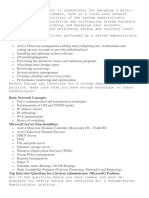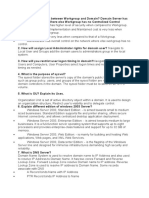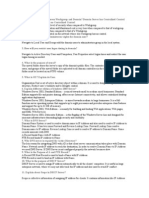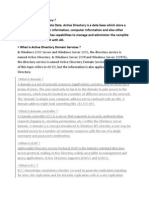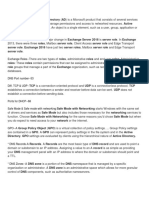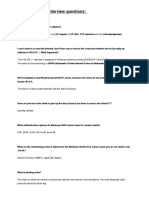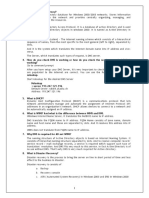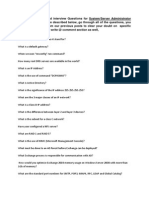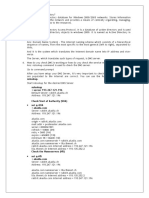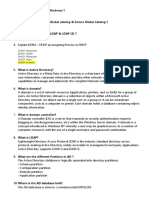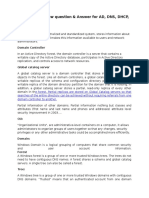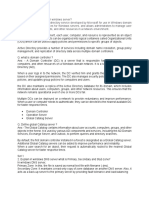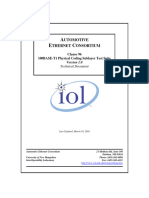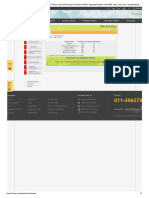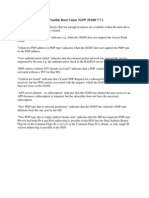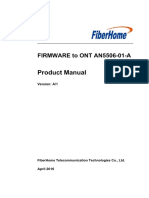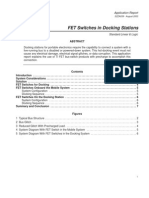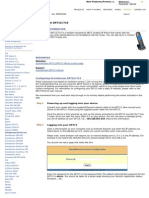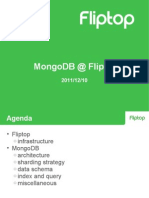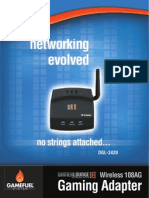0% found this document useful (0 votes)
135 views6 pagesWindows Server 2012
Active Directory provides centralized network administration and security. Domain controllers store user and system information in an Active Directory database. A domain is a logical group of network objects that share the same Active Directory database, while a tree is a collection of one or more domains linked in a trust hierarchy. Group Policy allows administrators to implement configurations for users and computers through Group Policy Objects stored on domain controllers.
Uploaded by
ram kumarCopyright
© © All Rights Reserved
We take content rights seriously. If you suspect this is your content, claim it here.
Available Formats
Download as PDF, TXT or read online on Scribd
0% found this document useful (0 votes)
135 views6 pagesWindows Server 2012
Active Directory provides centralized network administration and security. Domain controllers store user and system information in an Active Directory database. A domain is a logical group of network objects that share the same Active Directory database, while a tree is a collection of one or more domains linked in a trust hierarchy. Group Policy allows administrators to implement configurations for users and computers through Group Policy Objects stored on domain controllers.
Uploaded by
ram kumarCopyright
© © All Rights Reserved
We take content rights seriously. If you suspect this is your content, claim it here.
Available Formats
Download as PDF, TXT or read online on Scribd
/ 6
